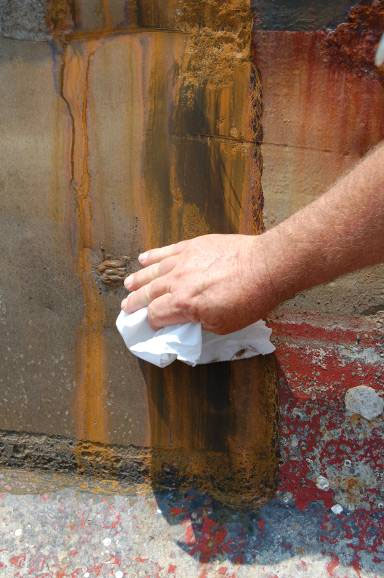A Primary Mission of the Council is to promote effective means of surface preparation in the maintenance industry using water and water/abrasive blasting techniques.
A cost model for bridge painting maintenance was developed to aid specifiers in evaluating the costs associated with currently available painting technologies.
The time required, or the duration of each phase of the work, is estimated using the production rates or speed factors in the Cost Model.
The user can analyze the comparative cost of competing surface preparation and coatings approaches on the same structure, or the user can vary the input parameters describing the structure to measure the sensitivity of each Cost Object on the size and existing condition of the structure.
The results of user selections are viewed with the “Output” spreadsheet.
The Time spreadsheet does not have any changeable input and all cells contain fixed calculations.
It does this by calculating a specific duration for each phase of the work and summing all of the applicable phases based on the user input.
The Cost Variables page also has several fields that are changeable so that the initial conditions (constraints) of a project can be accurately accounted by the Cost Model.
These may include factors such as how long it may take to move containment enclosures and the thickness and density of the existing paint.
These are accounted for by providing places for baseline costs of consumable materials and supplies.
Use this documentation while experimenting with using the Cost Model Spreadsheet.
The Spread Sheet may be found under Miscellaneous Downloads.












April 5, 2009
Comments Off on Model Spread Sheet Cost Model